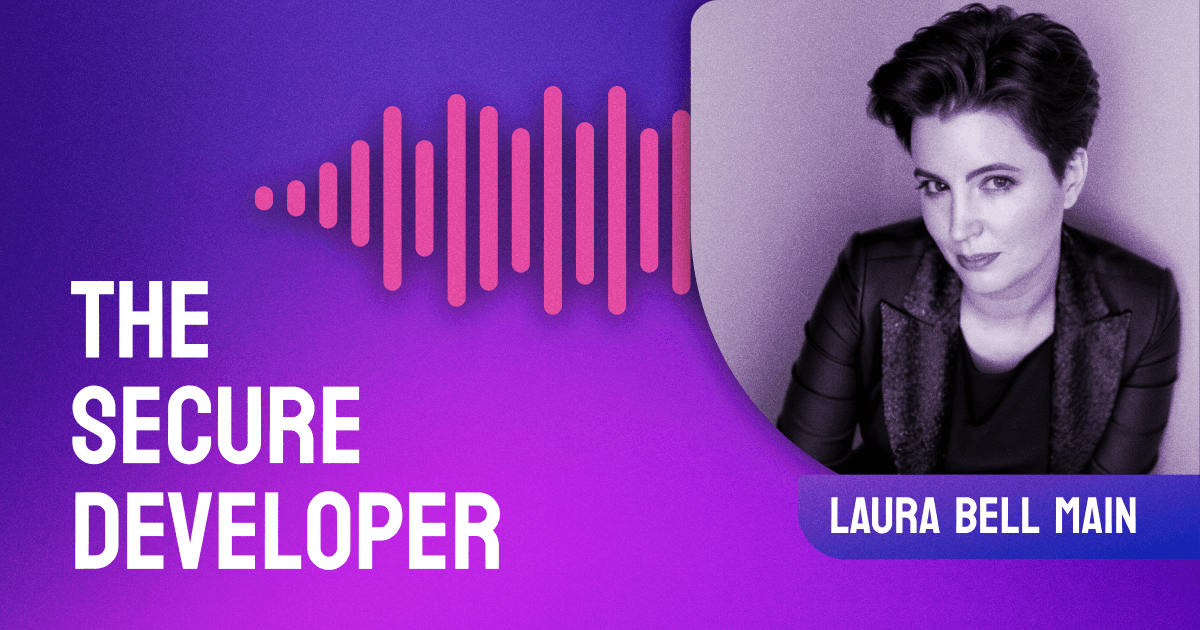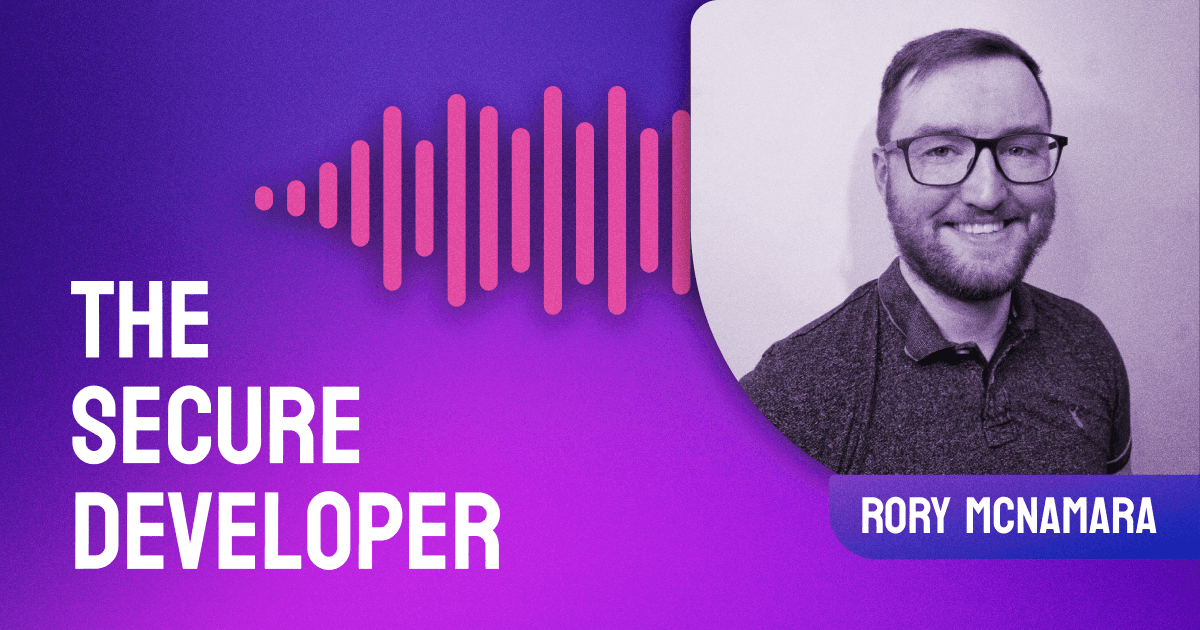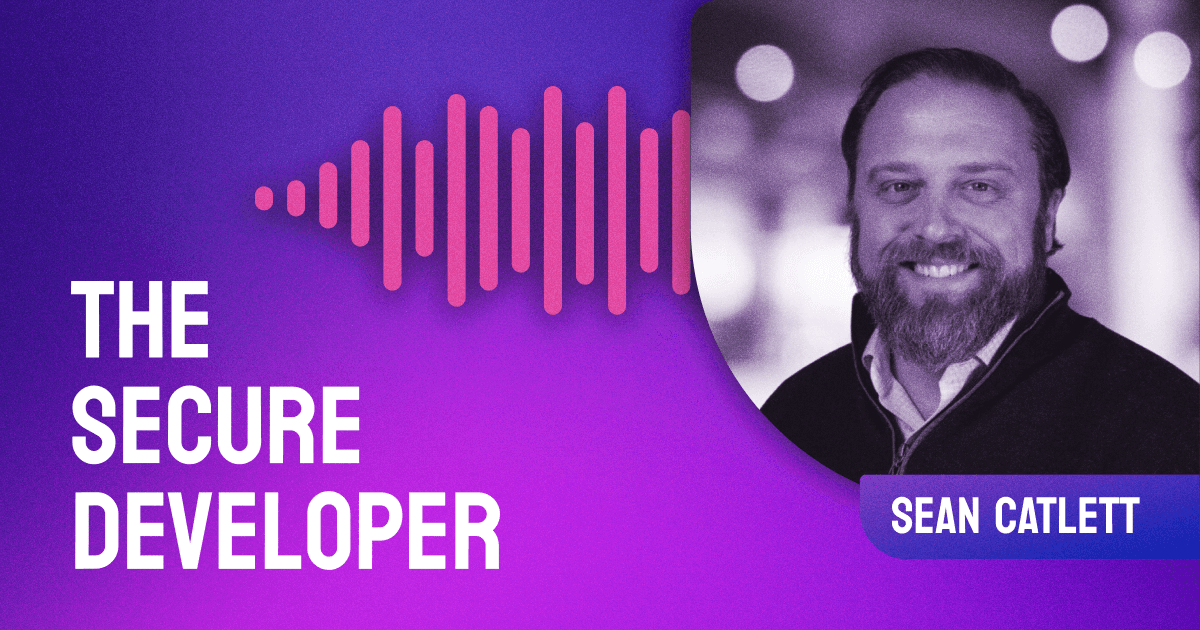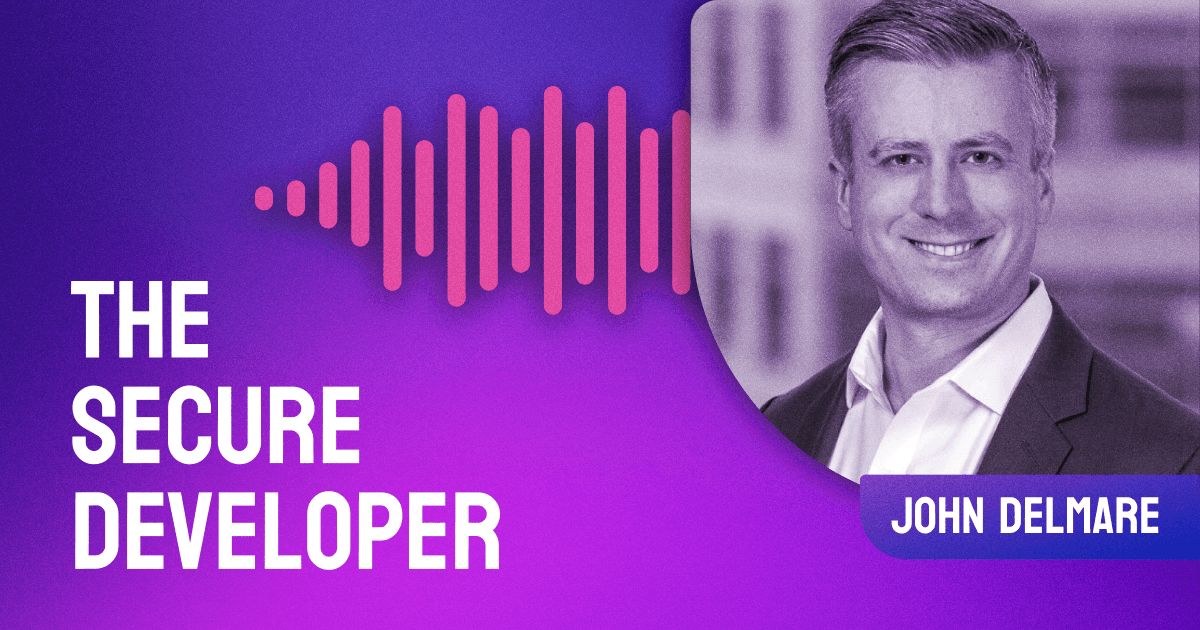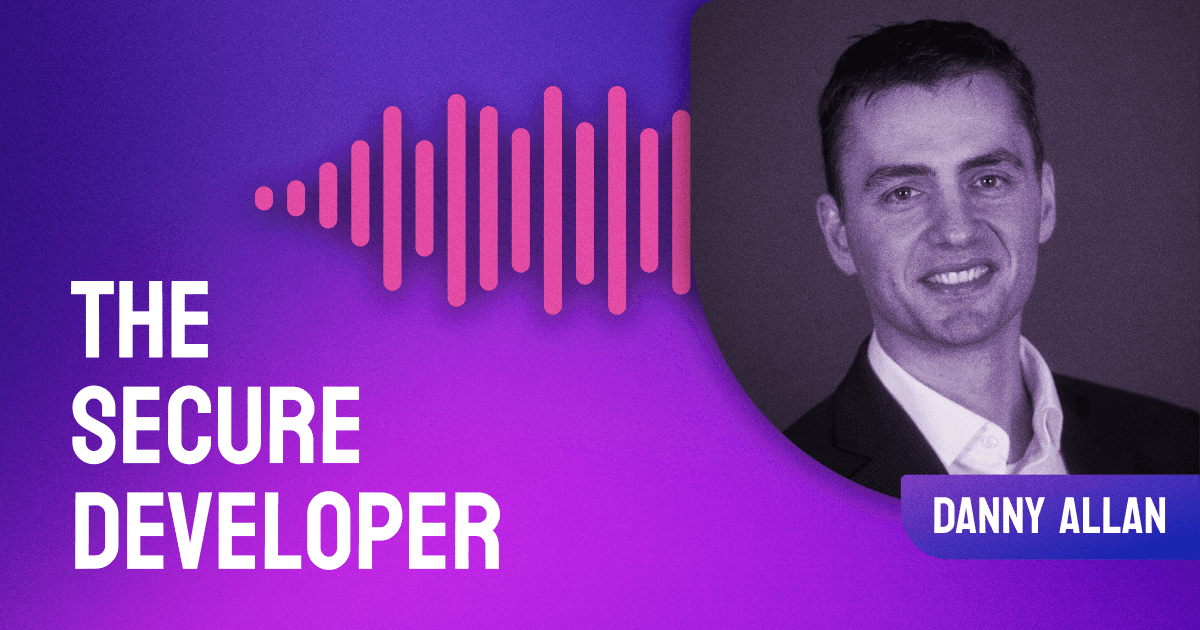In this engaging episode, hosts Simon Maple and Guy Podjarny delve into the transformative role of AI in software development and its implications for security practices. The discussion starts with a retrospective look at 2023, highlighting key trends and developments in the tech world. In particular, they discuss how generative AI is reshaping the landscape, altering the traditional roles of developers and necessitating a shift in security paradigms.
Simon and Guy explore AI-generated code challenges and opportunities, emphasizing the need for innovative security strategies to keep pace with this rapidly evolving technology. They dissect the various aspects of AI in development, from data security concerns to integrating AI tools in software creation. The conversation is rich with insights on how companies adapt to these changes, with real-world examples illustrating the growing reliance on AI in the tech industry.
This episode is a must-listen for anyone interested in the future of software development and security. Simon and Guy's expertise provides listeners with a comprehensive understanding of AI's current development state and offers predictions on how these trends will continue to shape the industry in 2024. Their analysis highlights the technical aspects and delves into the broader implications for developers and security professionals navigating this new AI-driven era.
Links
- Github Copilot
- NIST (National Institute of Standards and Technology)
- CNCF (Cloud Native Computing Foundation)
- Backstage by Spotify
- Roadie (Backstage Hosting)
- Snyk AI Fixing
- Snyk - The Developer Security Company
Follow Us

